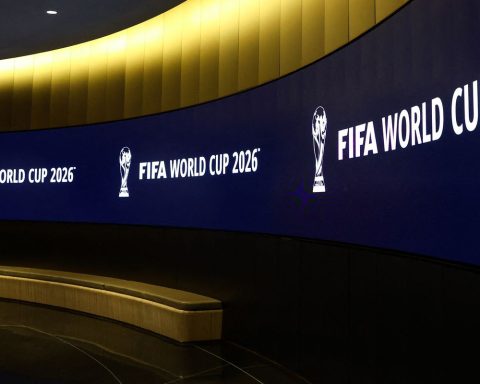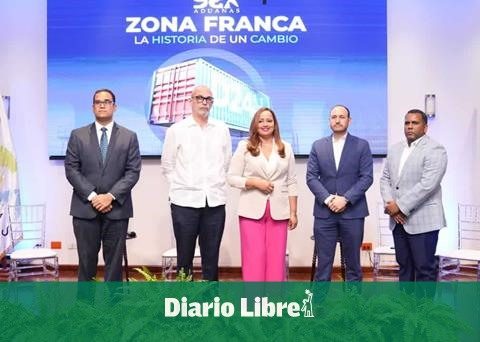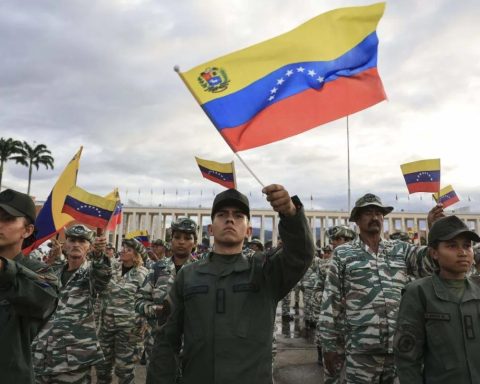Expenditure on final consumption of health goods and services in Brazil corresponded to 9.6% of Gross Domestic Product (GDP, the sum of goods and products manufactured in the country) in 2019, with 3.8% government spending and 5,000. 8% expenditure by families and non-profit institutions at the service of families (IFSL), totaling R$711.4 billion. Government spending on health care totaled BRL 283.61 billion, while families and IFSL received BRL 427.8 billion.
The largest expenditure by the government was identified in public health (3.1%), while the largest expenditure by families was on private health (3.8%). The data are from the Health Satellite Account survey, released today (14), by the Brazilian Institute of Geography and Statistics (IBGE).
In 2010, final consumption of health goods and services accounted for 8% of GDP, with 4.4% for families and 3.6% for the government. Since 2015, the participation of the health sector in the national GDP has remained at a level above 9% per year.
Compared to 13 countries selected from the Organization for Economic Cooperation and Development (OECD), Brazil is the only one with the highest percentage of health consumption in GDP from households and the second with the lowest share of government health expenditure. as a proportion of GDP, after Mexico (2.7%). The highest government expenditures on health in GDP are shown by Germany (9.9%), France and Japan (9.3% each), the United Kingdom (8%), Canada (7.6%) and Switzerland (7 .5%).
According to the study, spending per capita government spending on health goods and services reached BRL 1,349.60 in 2019, while spending per capita of families and IFSL with health was R$ 2,035.60. In both approaches, growth was recorded over time, since 2010, when public spending per inhabitant was R$716.9 and that of families was R$870.9.
The main expenditure of families with health was with private health services, which include expenses with doctors and health plans. This expenditure accounted for 67.5% of total household health final consumption expenditure in 2019.
Extension
The Health Satellite Account is one of the extensions of the National Accounts System that allows the elaboration of analyzes on the profile and evolution of the health sector, in a way comparable to the total economy measured by the National Accounts. The research is the result of inter-institutional efforts developed with the Oswaldo Cruz Foundation (Fiocruz), the Institute of Applied Economic Research (IPEA), the National Supplementary Health Agency (ANS) and the Ministry of Health.
In the final consumption of families in 2019, the highlight was private health (R$ 282.67 billion) and medicines for human use (R$ 122.74 billion), which corresponded to 29.3% of family health expenses that year. On the government side, the product with the highest expenditure was public health, with R$ 225.89 billion. Spending on medicines distributed by the government totaled BRL 9.3 billion (3.3% of final consumption expenditure on government health) in 2019, according to the survey.
IBGE technicians observed, however, that government consumption expenditure does not include subsidies from the Popular Pharmacy Program, whose objective is to provide the population with medicines at a lower cost than the market. In 2019, this program totaled expenses of BRL 2.3 billion, which means a nominal drop of 17.2% compared to the same expenses incurred in 2017, when they reached the maximum nominal value in the series of BRL 2.8 billion.
Oscillation
In 2019, the share of health activities in total remuneration reached 9.8%, against 8.3% in 2010; the share of health activities in the total number of occupations totaled 7.4% in 2019, showing an expansion compared to the 5.3% registered in 2010.
The research shows that the final consumption of health goods and services in terms of volume has not been maintained over the set of years analyzed, oscillating up or down in years of economic crisis: in 2011, consumption with health grew 3 .6%, against 4.3% for non-health consumption (all other goods and services in the economy).
In 2019, the increases were 1% and 2%, respectively. Considering the change in volume of household health consumption, the numbers obtained in 2011 were an expansion of 4.4% for health goods and services, and 5.1% for non-health goods and services. In 2019, the evolution was 0.8% and 2.8%, respectively.
The analysis from the government side, in turn, shows that the increase in consumption with health was 2.7% for health goods and services and 2% for non-health goods and services, in 2011. In 2019, there was a variation positive 1.3% for health goods and services and a fall of 0.9% for non-health goods and services.
The IBGE researchers drew attention that, on average, for the period 2011/2019, year-over-year variations reached 1.7% and 1.2% for health goods and services and non-health goods and services, respectively.
Import
The survey reveals that health-related products had a low participation in foreign trade of goods and services, corresponding to only 0.8% of total export demand and 5.3% of imports, in 2019. In that year, the import of medicines for human use was R$ 28.3 billion, or the equivalent of 26.8% of the total supply of these products.
Imports of pharmochemicals (active ingredients used in the production of medicines) represented 88.1% of the total supply in 2019, totaling BRL 9.2 billion. Another group with an important share of imports in the total supply were other materials for medical, dental and optical use, including prostheses, with 31.2% in 2019 (R$ 5.7 billion).
In 2010, the value added by health activities was R$ 202.3 billion, corresponding to 6.1% of the total gross value added (GVA) of the economy. In 2019, the gross value added (GVA) of health activities was BRL 497.1 billion, or equivalent to 7.8% of the total economy. The GVA is a measure of income generation in each economic activity, in a given period. The largest increase in participation was registered by the private health activity, which went from 2.1% of the total GVA of the economy, in 2010, to 3.2%, in 2019. The public health activity, on the other hand, maintained an average participation of 2.2 % in the total GVA of the economy.
occupations
In terms of occupations, activities related to health, encompassing the manufacture of pharmaceutical products, the manufacture of medical, dental and optical instruments and material, and the sale of pharmaceutical, perfumery and medical-dental products, expanded by 49.2% between 2010 and 2010. 2019, while in private health the increase was 62.9%. On the other hand, jobs in non-health activities showed an increase of 5.7%.
Between 2011 and 2019, the cumulative growth of health activities was 15.1%, against the 4.8% increase registered for the rest of the economy (non-health activities). The difference in growth rates between the health sector and the rest of the economy becomes very evident from 2014 onwards, according to IBGE technicians. Health-related activities gained a share of the total number of jobs in Brazil, rising from 5.3% of occupations in 2010 to 7.4% in 2019.
According to the IBGE survey, between 2014 and 2016, there was a 5.8% drop in non-health jobs, while health occupations grew by 9.5%. “As of 2017, the fall in non-health jobs was reversed. Still, the growth of occupations in non-health activities (5.1% from 2016 to 2019) was lower than that of health-related activities (12.5% in the same period)”, reported the survey. In 2019, remuneration in the health sector totaled R$316.3 billion and corresponded to 9.8% of total remuneration in the economy.
















